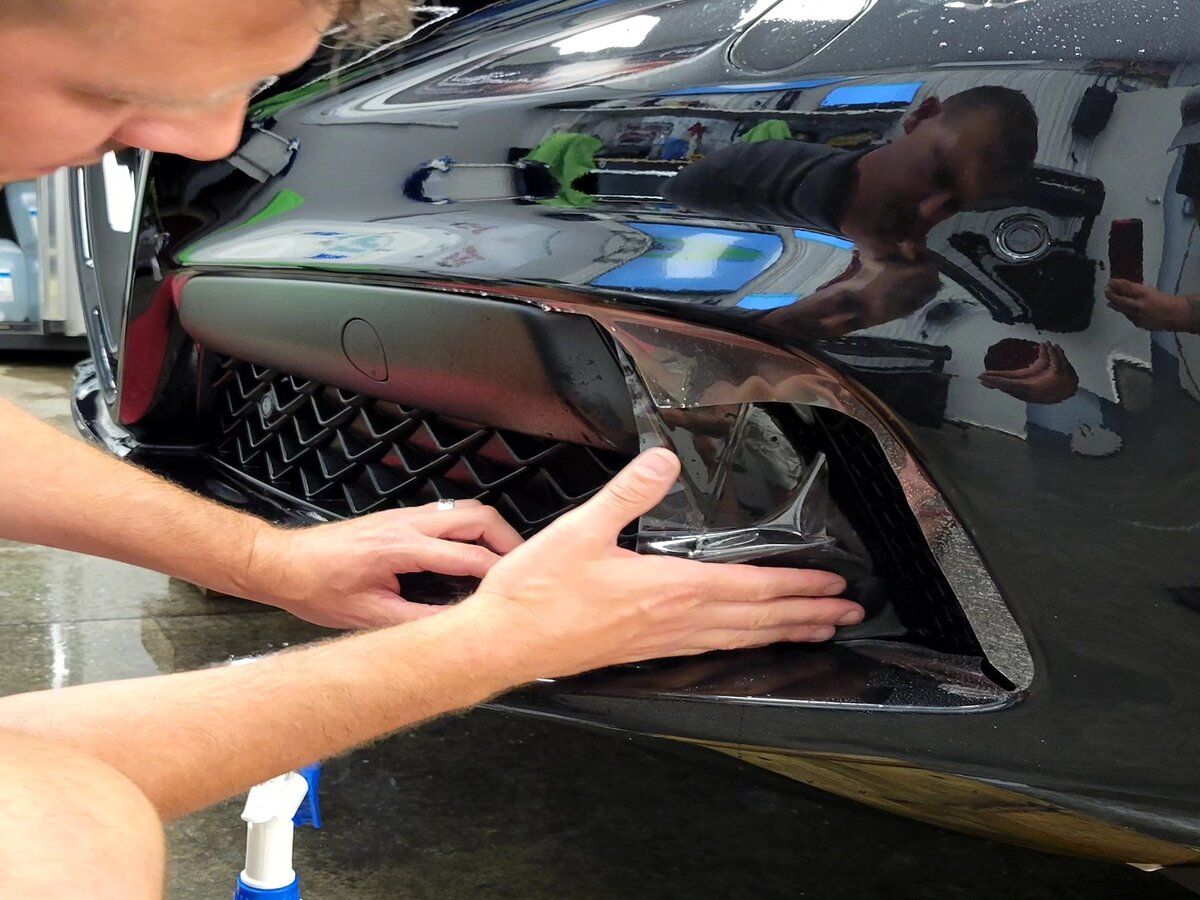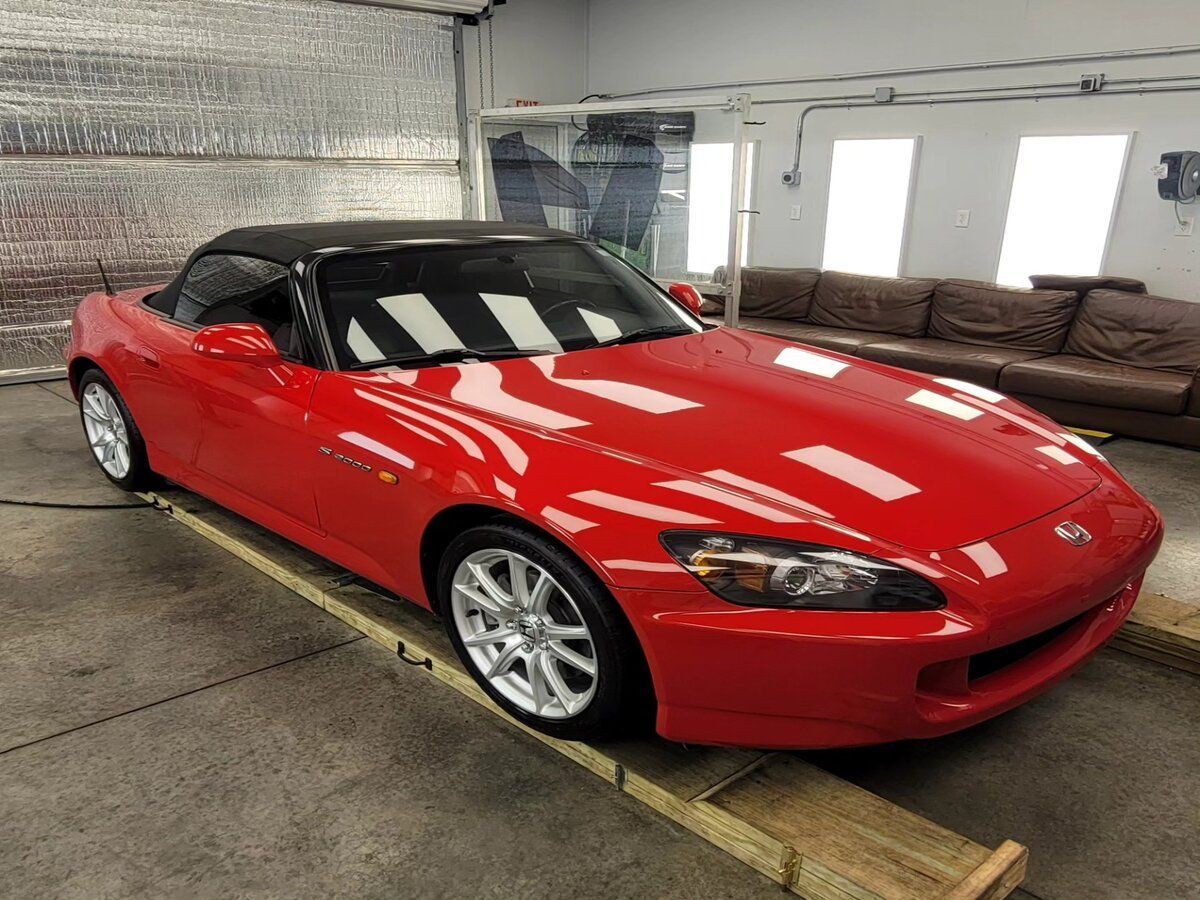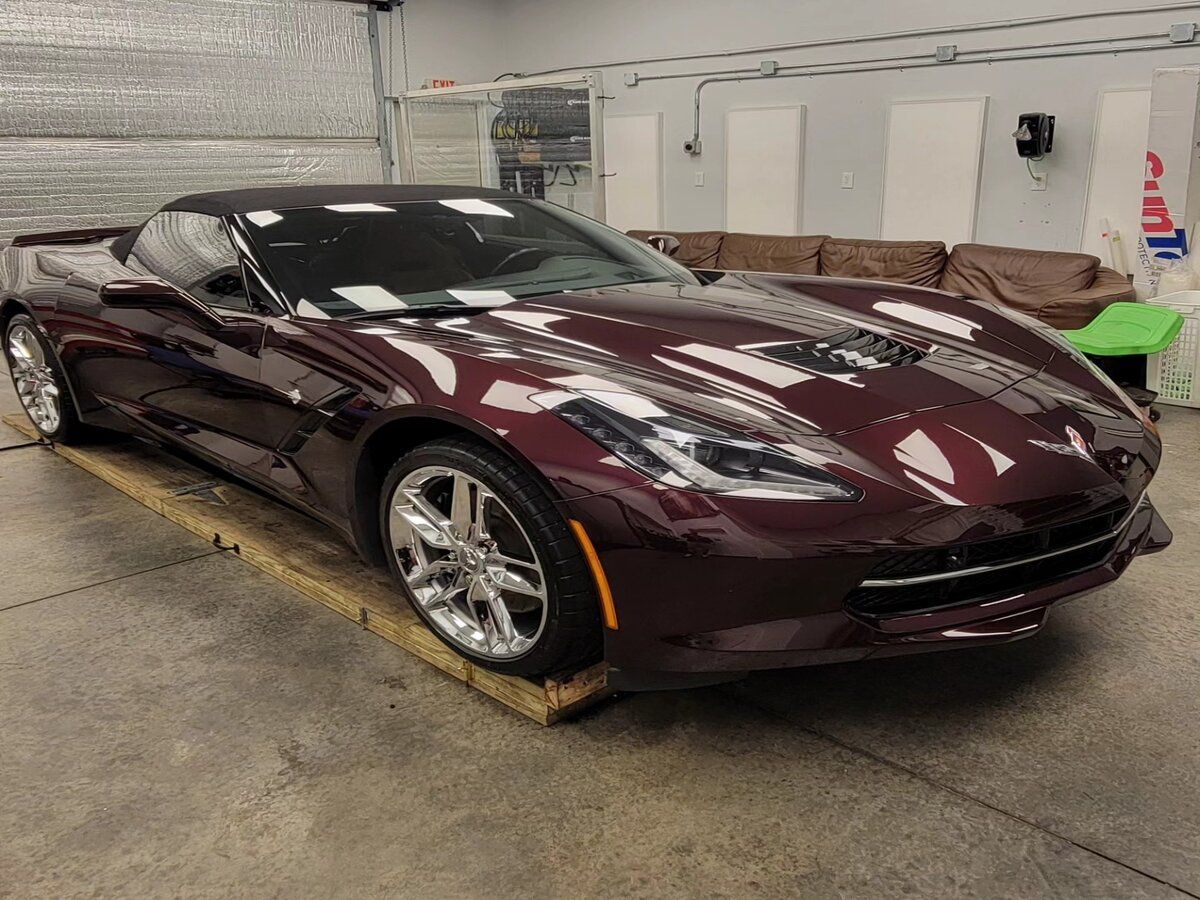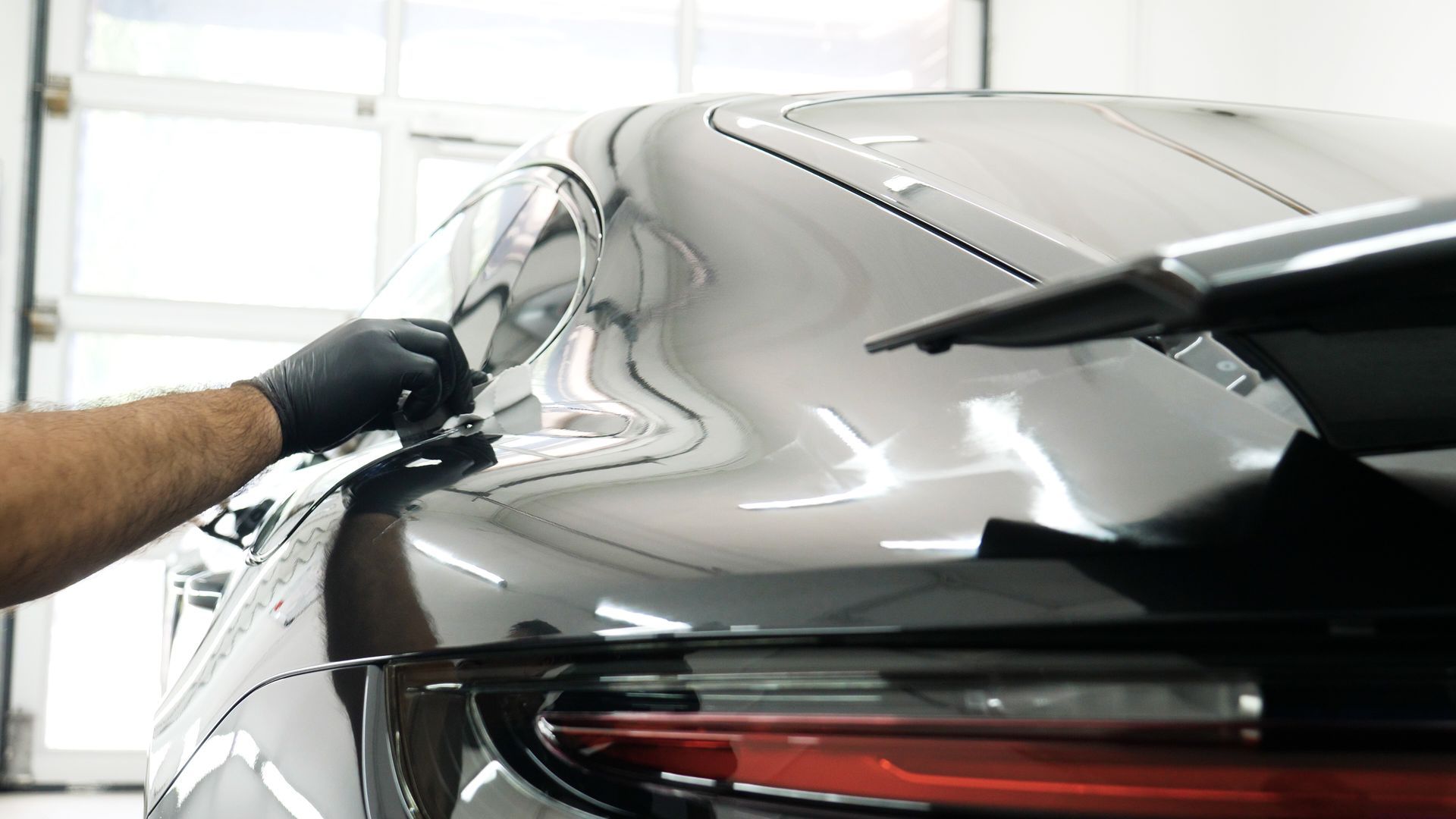When protecting your vehicle, many car owners wonder if investing in Paint Protection Film (PPF) is indeed worth it. After all, your vehicle’s exterior faces daily threats—from flying debris to harsh weather—that can mar that shiny finish you love. But how do you weigh the cost against the benefits? Understanding what PPF offers can help you make an informed decision. In this article, we will explore not only what PPF is and how it protects your vehicle but also dive deep into its costs, benefits, and some hidden expenses you might not have considered. Let's look at how this investment might safeguard your car for years to come.
When evaluating the worth of automotive
Paint Protection Film (PPF), consider factors such as the value of your vehicle, potential resale benefits, the duration of protection (typically 7-10 years), and how often you drive in high-risk environments prone to damage. Additionally, weigh the costs of installation against the anticipated expenses for repainting or repairing damages over time, especially for high-value vehicles that benefit from maintaining aesthetic appeal and resale value.

What is Automotive Paint Protection Film (PPF)?
Automotive Paint Protection Film, or PPF, is a vital layer of defense for your vehicle's exterior that many car owners are not aware of. Imagine your sleek car gliding down the highway, shining brightly under the sun. But hidden dangers lurk—rocks on the road, errant shopping carts, and even harsh weather conditions can all threaten that pristine finish. This is where PPF comes into play.
It's a thin yet durable layer of transparent thermoplastic urethane that adheres smoothly to your vehicle’s surface, acting as an invisible shield against potential hazards.
The beauty of PPF lies not only in its protective qualities but in its ability to maintain the aesthetics of your vehicle.
It goes beyond mere protection; PPF helps keep your vehicle looking as fresh as it did on the showroom floor. This plastic layer is designed to absorb impacts and resist scratches, effectively preventing damage from occurring in the first place. Modern PPF innovations include self-healing properties that allow minor scratches and scuffs to disappear over time when exposed to heat, a feature that prolongs its visual appeal.
Lifetime and Maintenance
Typically, you can expect PPF to last between 7 to 10 years, providing significant long-term protection. However, it's crucial to remember that PPF isn’t a permanent solution. As time passes and exposure takes its toll, this protective film may become brittle and less effective, necessitating reapplication every decade or so. Maintaining the integrity of your vehicle requires regular checks to ensure that the PPF remains in good condition.
Regular maintenance enhances the longevity of PPF. While it doesn’t require much more than occasional cleaning, similar to caring for your car’s exterior, it’s essential to avoid harsh chemicals that could degrade the film over time. Just like you wouldn’t want to use a rough sponge on a delicate surface, being gentle during cleaning routines helps extend its lifespan further.
Now that you understand both the definition and purpose of PPF as well as its expected lifespan and maintenance needs, you’re better equipped for the next step: considering the factors associated with this protective investment.
Cost Factors of Installing PPF
The cost of installing PPF can indeed vary widely, influenced by numerous elements that come into play during the price evaluation. To start, consider the type of vehicle you own. Larger vehicles or those adorned with intricate designs will naturally require more film, which in turn flags up labor costs. Think of it like wrapping a present; the more elaborate the package, the more wrapping paper you’ll need, leading to increased expenses.
Next is the quality of the film itself.
Not all films are created equal. Higher-end brands may initially seem pricier, but their superior durability often pays off in the long run by protecting against scratches, chips, and UV fading more effectively than cheaper alternatives. It’s similar to deciding between a high-quality umbrella that withstands strong winds versus a flimsy one that breaks easily during a drizzle—the initial investment can save you money later.
After considering the type and quality, another critical factor is installation expertise.
Professional installers—those who have honed their skills over years of experience—can charge more for their services, but it often results in a flawless installation that minimizes common pitfalls such as bubbling or improper adhesion. A skilled technician not only knows how to work with various vehicles but also understands environmental factors that could affect the installation, ensuring a smooth finish every time.
Another key consideration is the area of coverage.
When evaluating costs, remember that full-body applications are significantly more expensive than partial coverage options, like protecting just the front bumper or hood. Your decision will depend on your driving habits and how much protection your vehicle needs; for instance, if you frequently navigate through gravel roads, you might lean towards full-body coverage to safeguard your entire car from wear and tear.
On average, a full-body PPF installation could set you back between $2,000 to $7,000, depending on these elements; however, partial coverage might range from $500 to $2,500. The variance illustrates how essential it is to assess each factor based on your vehicle and preferences before committing.
Assessing these components provides insight into how they align with your needs for automotive protection films while considering potential hidden costs along the way.

Hidden Expenses of PPF Application
One primary category of hidden expenses that often surprises vehicle owners is related to prep work and maintenance.
Prep Work and Maintenance
Before applying PPF, a crucial step is ensuring that the car's surface is correctly prepared. Failure to do this may lead to subpar results and ultimately cost more in the long run. This prep work can involve everything from paint correction to minor repairs designed to smooth out imperfections on the vehicle's exterior. For instance, if you have scratches or swirls on your car's paint, they must be remedied before applying PPF. Otherwise, those imperfections will be trapped under the film, creating eyesores that diminish the film’s performance and aesthetic appeal.
It’s interesting how many people overlook this aspect; this prep work can easily add a few hundred dollars to the total cost—a significant sum when considering your budget. Think of it like prepping a wall before painting; any existing flaws will show through if not addressed properly. Just as an unprimed wall leads to uneven paint coverage, an inadequately prepped surface could result in an unsatisfactory look once the PPF is installed.
Beyond preparation, don't forget about the costs associated with routine maintenance for your PPF-covered vehicle. Although one of PPF's many advantages is its ability to reduce frequent detailing needs, it doesn't eliminate them. Regular cleaning with specialized products designed for maintaining PPF ensures that the film remains in optimal condition over time. Neglecting to follow these guidelines can lead to yellowing or diminishing protective properties over the years.
It's also wise to consider that while some DIY enthusiasts might think about skipping professional installation to save costs, doing so might lead to added hidden expenses later on if mistakes are made during installation. If air bubbles form or edges peel due to improper application, correcting these errors could involve redoing sections of your investment, potentially incurring greater costs than opting for professional help from the get-go.
Evaluating the Worth of PPF
When considering whether PPF is a wise investment, grasping how various factors interact with each other is essential. For starters, vehicle type and usage significantly influence the decision. If you own a high-value vehicle like a sports car or luxury sedan, investing in PPF likely pays off. Not only do these cars embody your aspirations, but they also command better resale values when their appearances remain pristine.
This means you'll want to protect that sleek finish and the paintwork that dazzles onlookers. Regular maintenance becomes paramount when you're entrusted with a valuable asset.
But it doesn't end there—personal preferences also come into play.
For enthusiasts and everyday drivers alike, particularly those navigating urban environments filled with debris and potholes, embracing the additional security that PPF affords offers undeniable peace of mind. Think about it: every time your car takes an unexpected hit from flying gravel or unpredictable weather, PPF acts as a shield. As someone who's driven through construction zones regularly, I can attest to how disheartening it feels to discover a newly acquired scratch or chip on your vehicle’s beautiful exterior.
Pros and Cons for Long-Term Vehicle Care
When it comes to Paint Protection Film (PPF), the advantages often outweigh the initial hesitations many car owners may feel. One of the most compelling benefits is its superior protection. PPF acts as a shield against rock chips, minor abrasions, and environmental damages like tree sap or bird droppings that can mar an otherwise pristine paint job.
Imagine driving down a gravel road; each stone bouncing off your car's surface is just another reason to have this protective barrier in place.
Aside from physical protection, installing PPF also provides an enhanced appearance to your vehicle. It maintains that high-gloss finish that makes heads turn. You wouldn’t want to spend hundreds on a flawless paint job only to watch it dull and fade over time, would you? PPF keeps your car looking as brilliant as the day it was driven off the lot, safeguarding its resale value.
And speaking of resilience, self-healing technology embedded in products like XPEL Ultimate Plus means that minor scratches can be repaired by simply applying heat. This feature is particularly appealing for busy individuals who want their vehicles to maintain a flawless look without constant attention. A hot day—or even the warmth from your hands—can help repair those blemishes effortlessly.
Now, let’s consider the cons.
Cons
While the upsides are enticing, it wouldn't be fair not to address some of the challenges associated with PPF installation. The first hurdle is the high initial cost. Depending on your vehicle and desired coverage, getting PPF applied—especially for full-body applications—can run into thousands of dollars. For many, this upfront investment might feel daunting compared to traditional methods of protecting paint.
Next is maintenance. PPF requires upkeep with specialized products that can feel overwhelming if you’re not familiar with them. Unlike traditional waxing or polishing, using incorrect cleaning agents can damage the film rather than protect it, leading some owners into a challenging routine just to keep everything looking sharp.
Finally, there’s a potential for reapplication down the road, which could add to the overall cost of your investment. Over time, wear and tear—or simply a desire for change—might necessitate replacing the film entirely. While it's designed to last, nothing lasts forever.
Therefore, understanding these pros and cons gives you insight into whether PPF aligns with your needs and financial situation. Making an informed choice about your vehicle's care will ultimately reflect in its long-term condition and value.
For more insights on automotive care solutions tailored for you, check out
ShineCo or call us at (864) 809-4385 for personalized assistance today!




